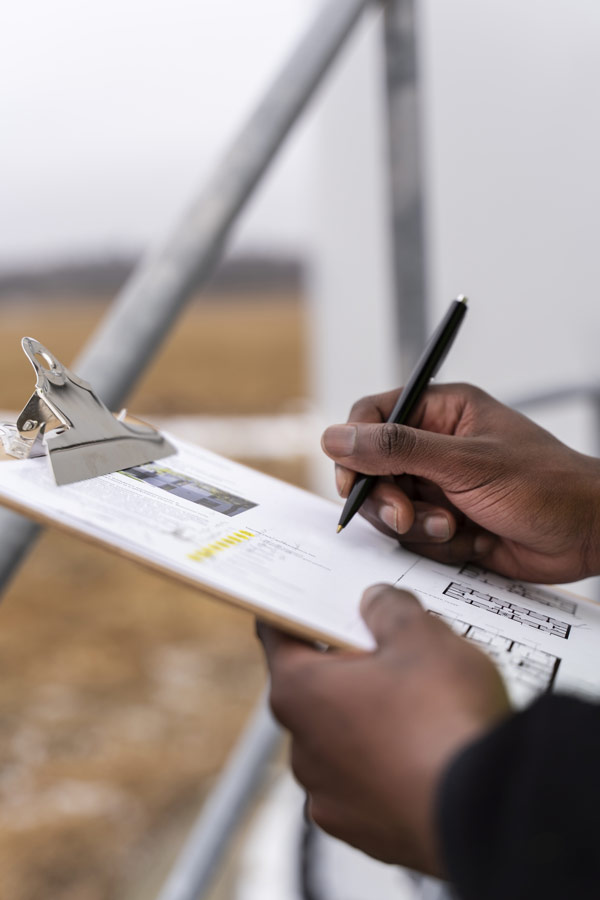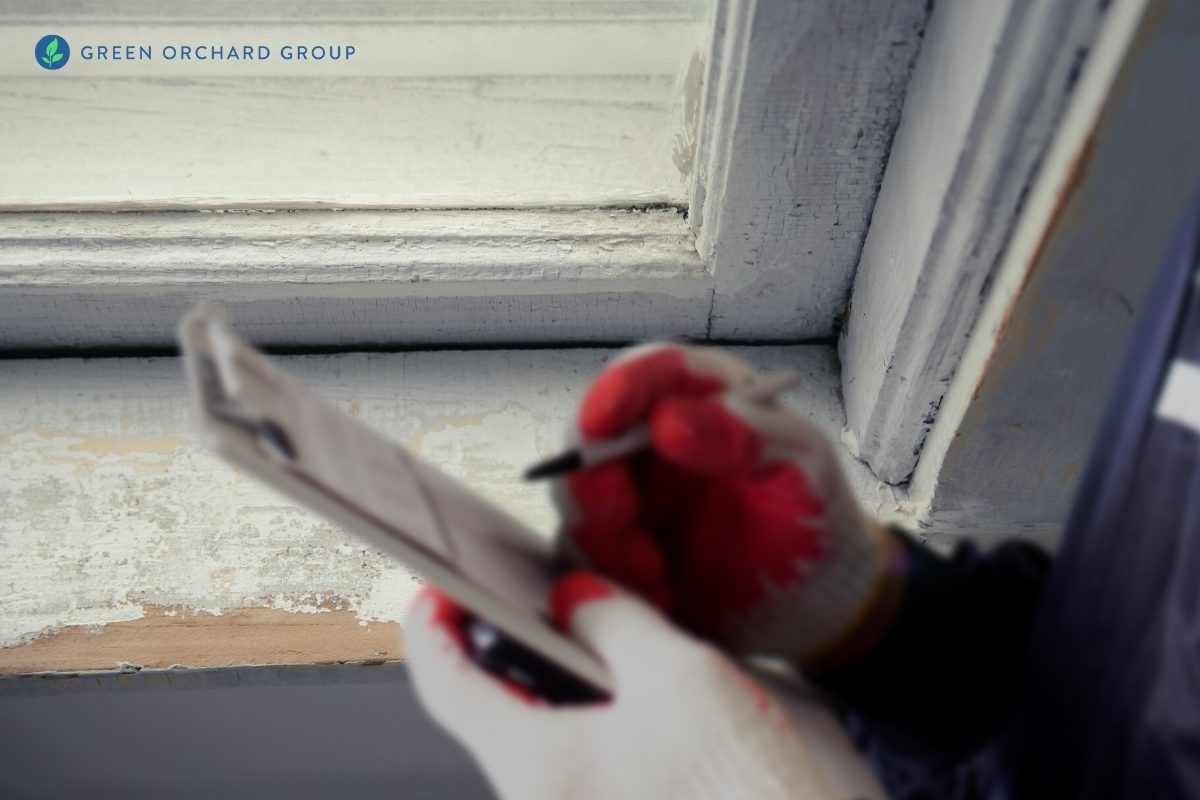NYC Lead Removal Contractors-- Get Safe and Efficient Services
NYC Lead Removal Contractors-- Get Safe and Efficient Services
Blog Article
Step-by-Step Process for Successful Lead Infraction Removal
Resolving lead offenses demands a precise and structured approach to ensure both security and regulatory compliance. The journey starts with the accurate detection and assessment of contamination sources, making use of cutting-edge diagnostic devices. Following this, adherence to federal and state policies is paramount to formulating a reliable removal plan. Such a plan should detail the details approaches and timelines for activity. The real remediation calls for competent workers to execute these plans while strictly following security protocols. Yet what occurs after the remediation is completed? The solution depends on recognizing the necessary post-remediation techniques that guarantee long-term safety and community wellness.

Discovery and Evaluation
Detection and analysis are critical action in the removal of lead offenses. To make sure a reliable removal process, it is important to perform a complete exam of the environment where possible lead exposure exists. The preliminary stage of discovery includes identifying resources of lead contamination, which can be discovered in paint, pipes, dirt, and dirt. Making use of advanced analysis tools such as X-ray fluorescence (XRF) analyzers and atomic absorption spectroscopy (AAS) can offer exact dimensions of lead focus.
This consists of reviewing the degree and seriousness of contamination, as well as identifying populations at risk, specifically kids and expecting women. The gathered information must be thoroughly documented to sustain the development of an effective remediation technique.
Furthermore, it is necessary to focus on locations with the highest degree of contamination and those that present the best health and wellness threats. Effective interaction with stakeholders, consisting of homeowner, residents, and public wellness authorities, is important for making certain that all events are notified regarding the findings and the succeeding steps needed for remediation. This first discovery and evaluation phase lays the groundwork for an effective lead offense removal process.

Lawful and Regulative Conformity
Browsing the landscape of lawful and regulatory compliance is an essential element of effective lead violation removal. Conformity ensures not just the safety and security of damaged populaces yet likewise the reliability and lawful standing of the company responsible for removal. Rules controling lead contamination are multifaceted, including government, state, and neighborhood laws. At the federal level, the Environmental Protection Agency (EPA) establishes strict standards under the Toxic Materials Control Act (TSCA) and the Lead-Based Paint Restoration, Repair Service, and Paint Policy (RRP Rule)
This involves precise documents of all removal tasks to demonstrate compliance. Failure to stick to these laws can result in extreme fines, including large fines, lawful activity, and reputational damage.
Engaging lawful specialists concentrated on ecological legislation can assist in browsing these intricacies. Routine training and certification for all personnel associated with the removal procedure are additionally compulsory to ensure adherence to security and regulative requirements. By prioritizing lawful and regulative compliance, companies can properly alleviate dangers and attain an effective remediation end result.
Planning the Removal
Successfully preparing the removal of lead infractions begins with a comprehensive analysis of the polluted website. straight from the source This initial analysis ought to consist of a comprehensive website investigation to recognize the extent and focus of lead contamination. Comprehensive tasting and lab evaluation are critical to develop an accurate contamination account. This data-driven see this site approach makes sure that removal efforts are suitably targeted and efficient.
As soon as the contamination is mapped, a threat assessment need to be conducted to evaluate prospective health threats to human beings and the setting. Lead Violation Removal in NYC. This analysis should take into consideration aspects such as direct exposure pathways, population vulnerability, and environmental impacts. The understandings collected will form the basis for selecting an appropriate remediation approach
Subsequently, setting clear, attainable objectives for the remediation project is vital. These goals should line up with regulative standards and stakeholder assumptions to make certain compliance and neighborhood acceptance. Establishing an in-depth removal strategy that lays out approaches, timelines, and source allotment will certainly assist in a structured method to the cleanup process.
Moreover, it is vital to involve with stakeholders early and maintain clear communication throughout the preparation stage. This consists of informing neighborhood areas, obtaining needed licenses, and coordinating with regulatory agencies to make sure all legal and step-by-step requirements are fulfilled. A well-crafted remediation strategy not only deals with the contamination properly however likewise builds trust and cooperation amongst all parties involved.
Implementing the Removal
With a well-structured remediation strategy in location, the emphasis moves to the actual implementation of the removal activities. This stage includes activating the necessary sources, including competent personnel, customized tools, and premium materials. Begin by plainly delineating roles and duties to make sure accountability and additional resources smooth control amongst staff member.
This includes establishing up containment locations to prevent lead dust and debris from spreading, as well as using air purification systems to keep air quality. Use techniques such as damp scratching, chemical removing, or encapsulation, depending on the severity and location of the contamination.
Throughout the remediation process, conduct routine evaluations and air high quality checking to ensure compliance with regulative criteria. Reliable interaction with stakeholders, consisting of property proprietors and occupants, is crucial to keep them informed of progress and any unanticipated advancements. By carefully following these steps, the removal activities can be performed successfully and successfully, inevitably mitigating lead dangers.
Post-Remediation Strategies
Post-remediation methods play a crucial role in guaranteeing the long-term success of lead infraction removal efforts. These methods incorporate recurring surveillance, upkeep, and neighborhood education and learning to avoid future lead direct exposure and make sure a safe atmosphere.
First, regular tracking is crucial. This involves regular testing of the previously impacted areas to guarantee that lead levels remain within safe restrictions. Property owners should develop a timetable for these examinations, ideally in collaboration with certified ecological experts.

Third, enlightening the neighborhood plays an essential role in maintaining the benefits of removal. Locals and building managers should be educated about the threats of lead exposure and the ideal practices for keeping a lead-safe environment. Workshops, informative pamphlets, and neighborhood conferences can be effective devices for distributing this info.
Verdict
Successful lead offense remediation needs a comprehensive, systematic strategy incorporating discovery and evaluation of contamination, adherence to lawful and regulatory requirements, thorough planning, and efficient implementation of removal efforts. Post-remediation methods, consisting of continuous tracking and area education, are vital to sustain a lead-safe atmosphere. Partnership with ecological professionals guarantees continuous conformity and defense of public health. This systematic process highlights the value of thoroughness and alertness in dealing with and reducing lead contamination.
Report this page